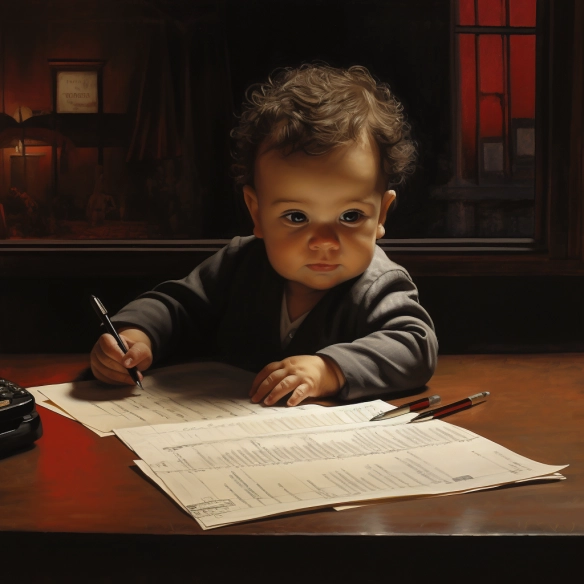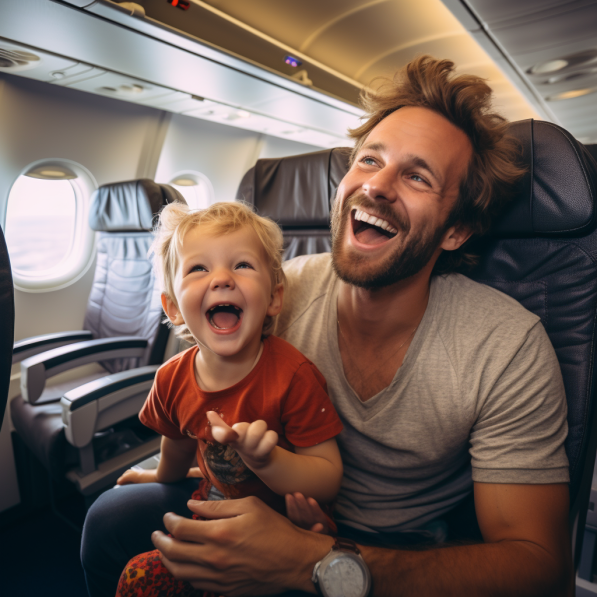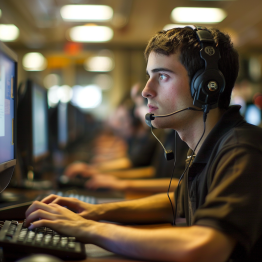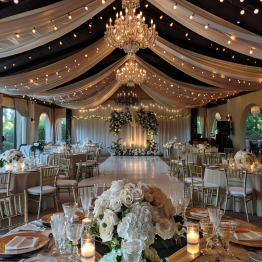Your Baby Registry Checklist
Preparing for a new baby is an exciting time, and having a well-thought-out Baby Registry Checklist can make the process smoother and less overwhelming.
This checklist covers all the essentials you’ll need for your baby’s early months, ensuring you’re well-equipped for the arrival of your little one. From nursery items to feeding supplies, and from travel gear to health and safety products, this comprehensive list helps you keep track of everything necessary for your baby’s comfort and care.
Download this Printable Baby Registry Checklist HereNursery and Baby Essentials Checklist
Nursery Essentials
Feeding Supplies
Diapering Needs
Baby Clothing
Bath and Health
What is a baby registry?
A baby registry is a service provided by many stores and online platforms that allows expectant parents to communicate their preferences for gifts they’d like to receive for their new baby.
Essentially, it’s a curated list of items that the parents-to-be have chosen, which can include everything from baby gear, clothing, and toys, to more practical items like diapers and baby wipes.
Tips on What to Put on a Baby Registry
Baby Registry Checklist
Check these items off your list as you add them to your baby registry





